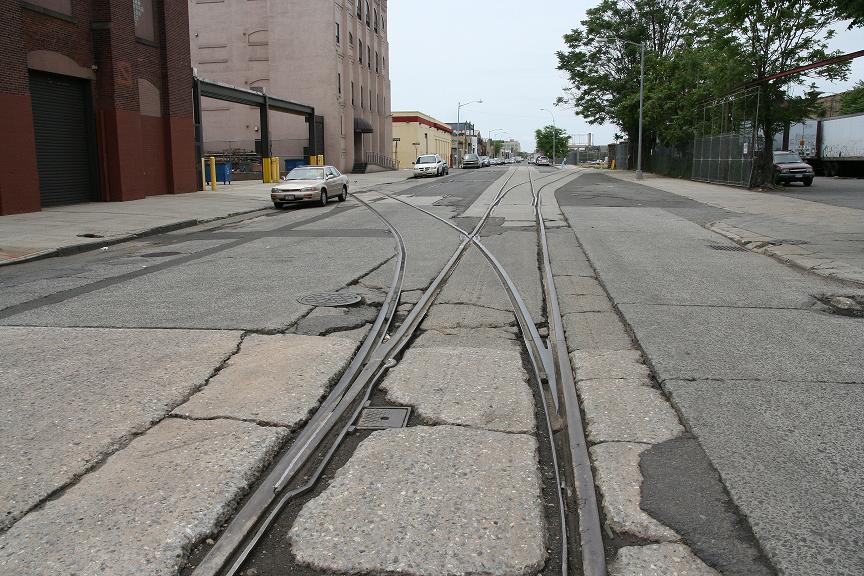Why a loop? It there is to be any order, big or small, for additional streetcars, consideration should be done for double-ended streetcars. Instead of loops, wyes could be used to crossover. Additional crossovers could be used for short-turns or construction scenarios.
I suggest loops because there is something to consider with them, they often take less time to complete a cycle than using a Wye (this obviously isn't the case for Light Rail Vehicles or subways), but this is because of a few things:
1. The slow order required to go over the wye, often it takes the same amount of time for a CLRV to complete a loop than for a flexity freedom to wait for the switch, go over the Wye, and slow/stop into the terminating station.
2. Drivers need to switch ends of the train when at a terminal. This can add about a minute to the dwell at the terminal
3. Wyes require costly switches that occasionally break. This can be a risk on the subway, but it's more likely to happen on a streetcar line, where the elements, concrete stress, and other factors can damage equipment more easily.
4. Storage: you can only store 2 trains maximum at the terminus of a wye. This would create huge delays if a group of 3 bunched up streetcars had to use the wye. It has already for the iON system.
5. The requirement for different rolling stock. Introducing a wye adds complexity to the streetcar fleet. We'd need new vehicles with doors on both sides, and cabs at both ends. It definitely has its benefits, but in a city like Toronto, there are already too many different types of public transit technologies in use, it seems more like a burden than an asset.
A case for the wyes is the fact that they're much less noisy, which might be extremely important in the Castle Frank area. Space use might also be a huge benefit to users.
Wyes work great for the subway because they have a guard and a train operator, meaning they don't have to switch positions at terminals. The switches tend to also be more reliable. Nevertheless, we still get bunching issues at Kipling, Kennedy, and Finch, and we used to get really bad bunching issues at Sheppard West.







